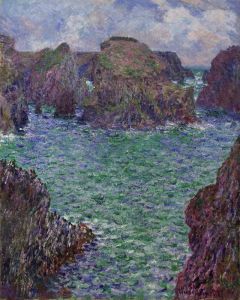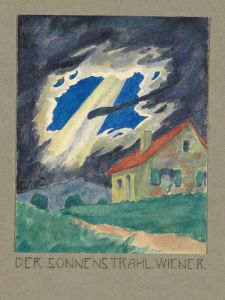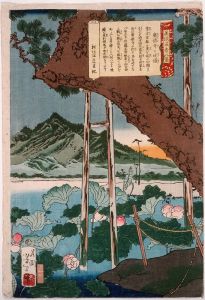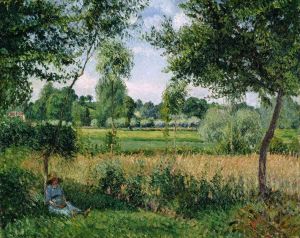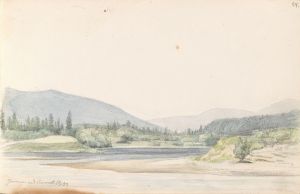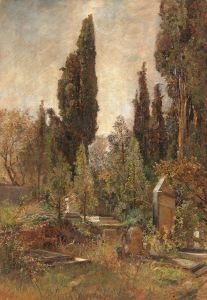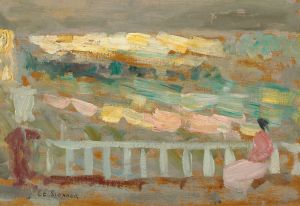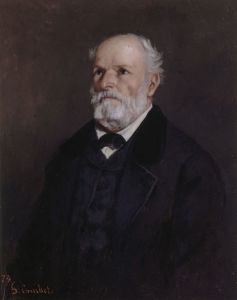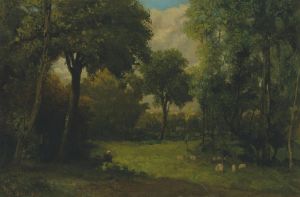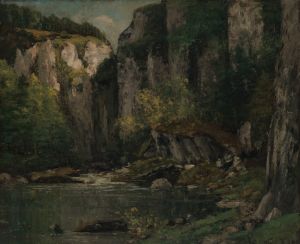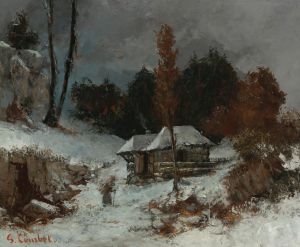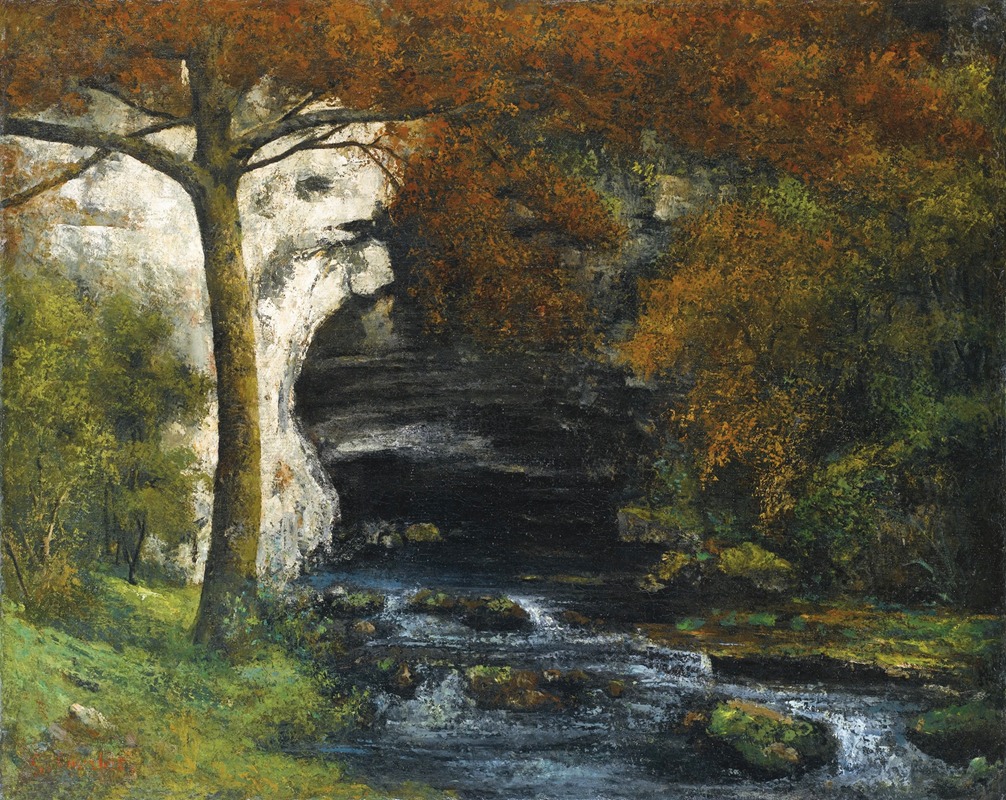
Source de Lison près de Nans
A hand-painted replica of Gustave Courbet’s masterpiece Source de Lison près de Nans, meticulously crafted by professional artists to capture the true essence of the original. Each piece is created with museum-quality canvas and rare mineral pigments, carefully painted by experienced artists with delicate brushstrokes and rich, layered colors to perfectly recreate the texture of the original artwork. Unlike machine-printed reproductions, this hand-painted version brings the painting to life, infused with the artist’s emotions and skill in every stroke. Whether for personal collection or home decoration, it instantly elevates the artistic atmosphere of any space.
Gustave Courbet, a leading figure in the Realist movement of 19th-century French painting, is renowned for his commitment to depicting everyday life and nature with unembellished accuracy. One of his notable works, "Source de Lison près de Nans," exemplifies his dedication to capturing the natural world. This painting focuses on the Source of the Lison, a picturesque spring located near Nans-sous-Sainte-Anne in the Jura region of France. The area is known for its stunning natural beauty, characterized by lush greenery and dramatic rock formations, which Courbet skillfully rendered in his work.
Courbet was born in 1819 in Ornans, a small town in the Franche-Comté region of France, not far from the Jura Mountains. His upbringing in this rural environment deeply influenced his artistic vision, fostering a profound appreciation for the landscape and the people who inhabited it. Courbet's connection to his homeland is evident in many of his works, including "Source de Lison près de Nans," where he captures the essence of the Jura's natural scenery.
The painting is a testament to Courbet's mastery of landscape painting, a genre he frequently explored throughout his career. In "Source de Lison près de Nans," Courbet employs a naturalistic palette, using earthy tones to convey the richness of the landscape. His brushwork is both precise and expressive, capturing the texture of the rocks and the movement of the water with remarkable fidelity. The composition is carefully balanced, with the spring serving as the focal point, drawing the viewer's eye into the depths of the scene.
Courbet's approach to painting was revolutionary for his time. He rejected the idealized representations of nature that were prevalent in academic art, opting instead for a more truthful depiction of the world around him. This commitment to realism is evident in "Source de Lison près de Nans," where Courbet presents the landscape without embellishment, allowing its inherent beauty to speak for itself.
The Source of the Lison itself is a geological marvel, a karst spring that emerges from a limestone cliff, creating a waterfall that cascades into a serene pool below. This natural wonder has long been a subject of fascination for artists and travelers alike, and Courbet's painting captures its allure with striking clarity. By choosing to depict this specific location, Courbet not only highlights the beauty of the Jura region but also underscores his personal connection to the landscape.
Throughout his career, Courbet faced both acclaim and controversy. His realist approach challenged the conventions of the art world, earning him both admirers and detractors. Despite this, he remained steadfast in his artistic vision, producing works that continue to resonate with audiences today. "Source de Lison près de Nans" is a prime example of Courbet's ability to transform a simple landscape into a powerful statement about the natural world and humanity's place within it.
In summary, "Source de Lison près de Nans" by Gustave Courbet is a remarkable example of 19th-century landscape painting, reflecting the artist's deep connection to his native region and his commitment to realism. Through his masterful depiction of the Source of the Lison, Courbet invites viewers to appreciate the beauty and complexity of the natural world, a theme that remains relevant and inspiring to this day.





